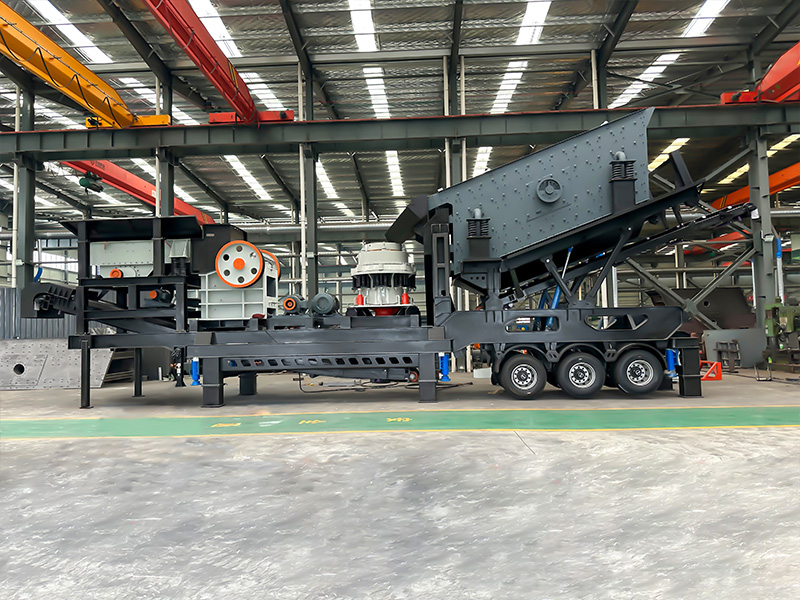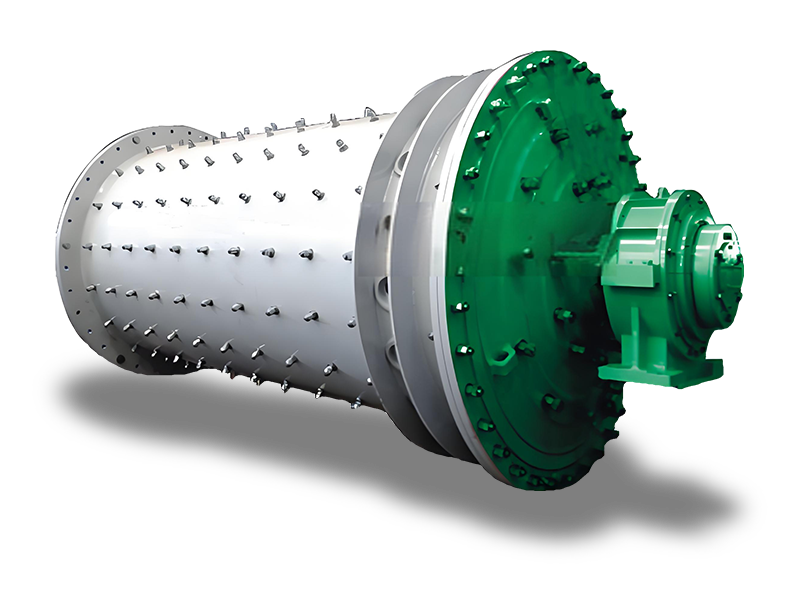Brief history of crushers
The first United States patent for a rock crushing machine was in 1830. Its key technology was the drop hammer concept, found in the well-known stamp mill, which would be repeatedly linked to the golden age of mining. Ten years later, another U.S. patent was issued to an impact crusher. The primitive impact crusher was made up of a wooden box, cylindrical wooden drum, with iron hammers fastened to it. While both of these patents were granted, neither creator ever marketed their inventions.
Basic ways to reduce material size
Crushing is the process of reducing or breaking down larger-sized material into smaller-sized material. There are four basic ways to crush.

Impact: Instant collisions of large objects against one another with material placed between. Both objects can be in motion or one can be still while the other strikes against it. There are two main types of impact reduction, gravity and dynamic.
Attrition: Rubbing the material between two solid surfaces. This is an appropriate method when reducing less abrasive materials because it consumes less power during the process. Robust materials would not be as efficient.
Shear: Typically combined with other reduction methods, shearing uses a trimming method and is used when a coarse outcome is wanted. This reduction method is often seen in primary crushing.
Compression: A key mechanical element of jaw crushers, compression reduces materials between two surfaces. Great for very hard, abrasive materials that do not fit attrition crushers. Compression is unsuitable for anything tacky or gummy.
Choosing the correct type of crushing method is unique to both the type of material you are breaking down and desired product. Next, you must decide which type of crusher is best suited for the job. Keeping energy usage and efficiency in mind is always a top consideration. Using the wrong type of crusher can lead to costly delays and consume more power than expected during the process.



































 +8615713843888
+8615713843888
 +8615713843888
+8615713843888